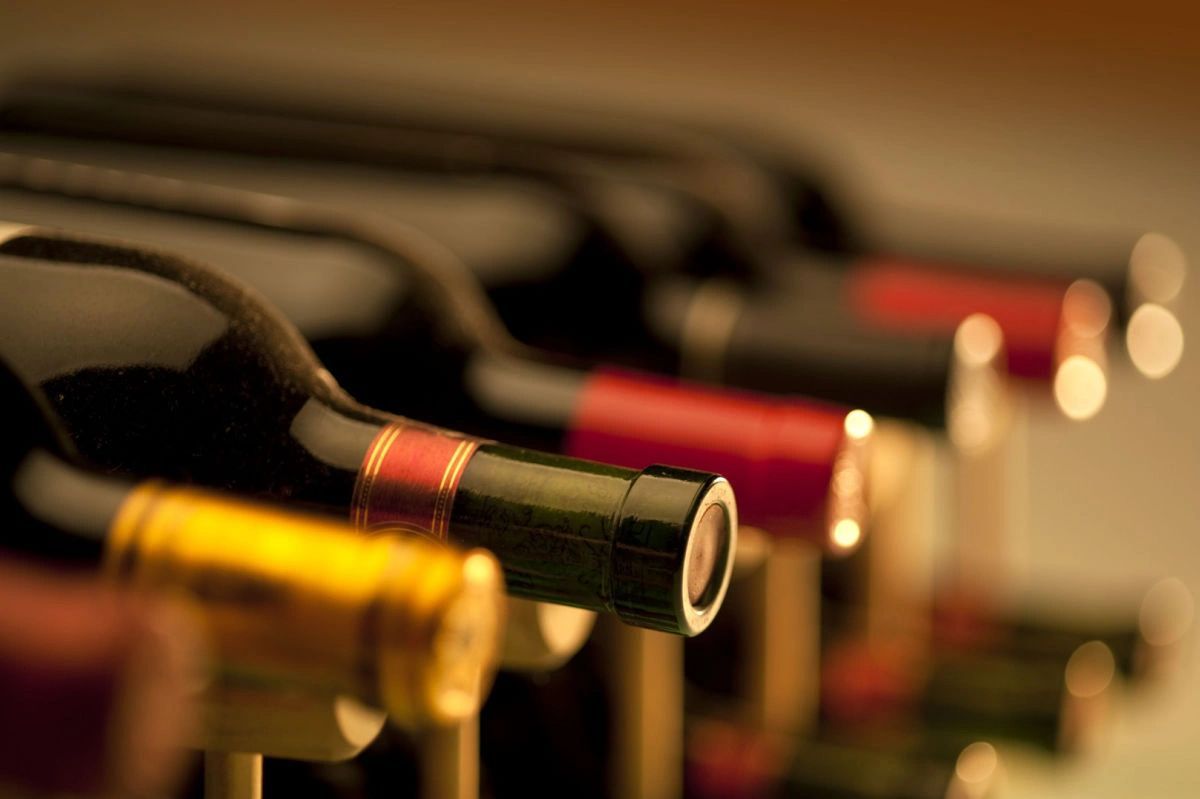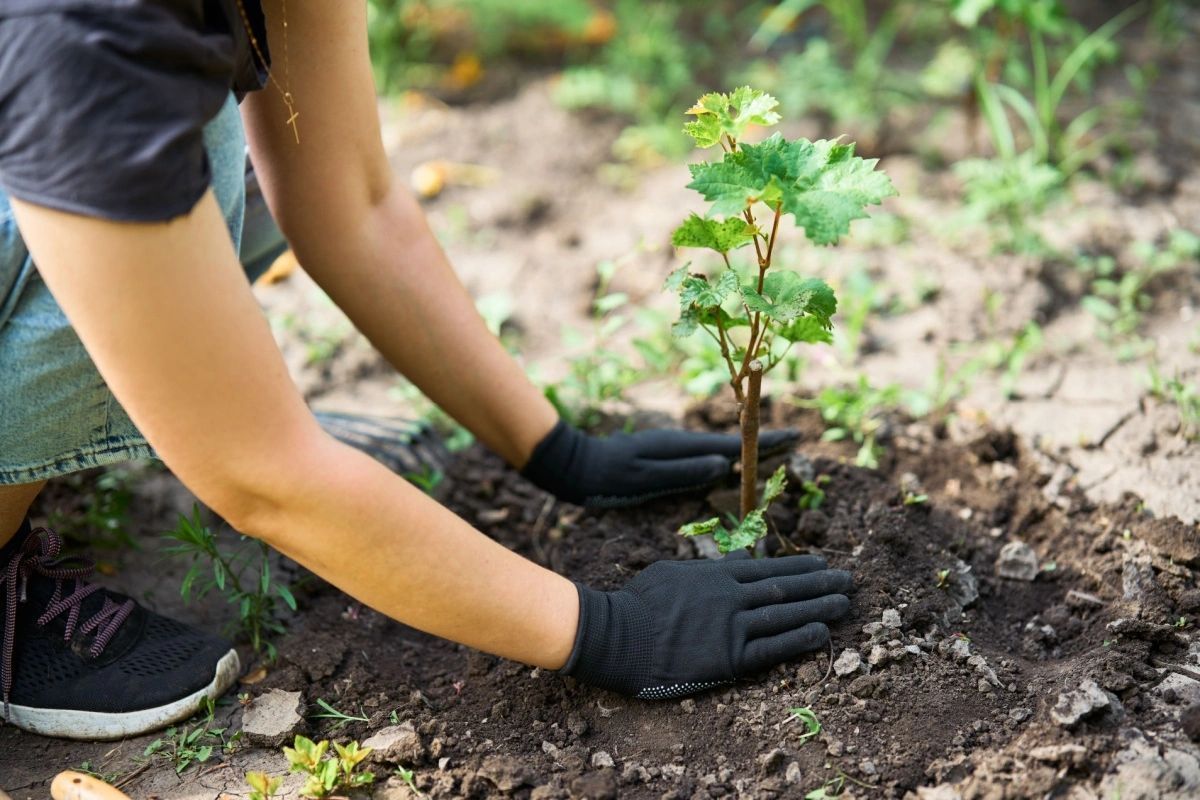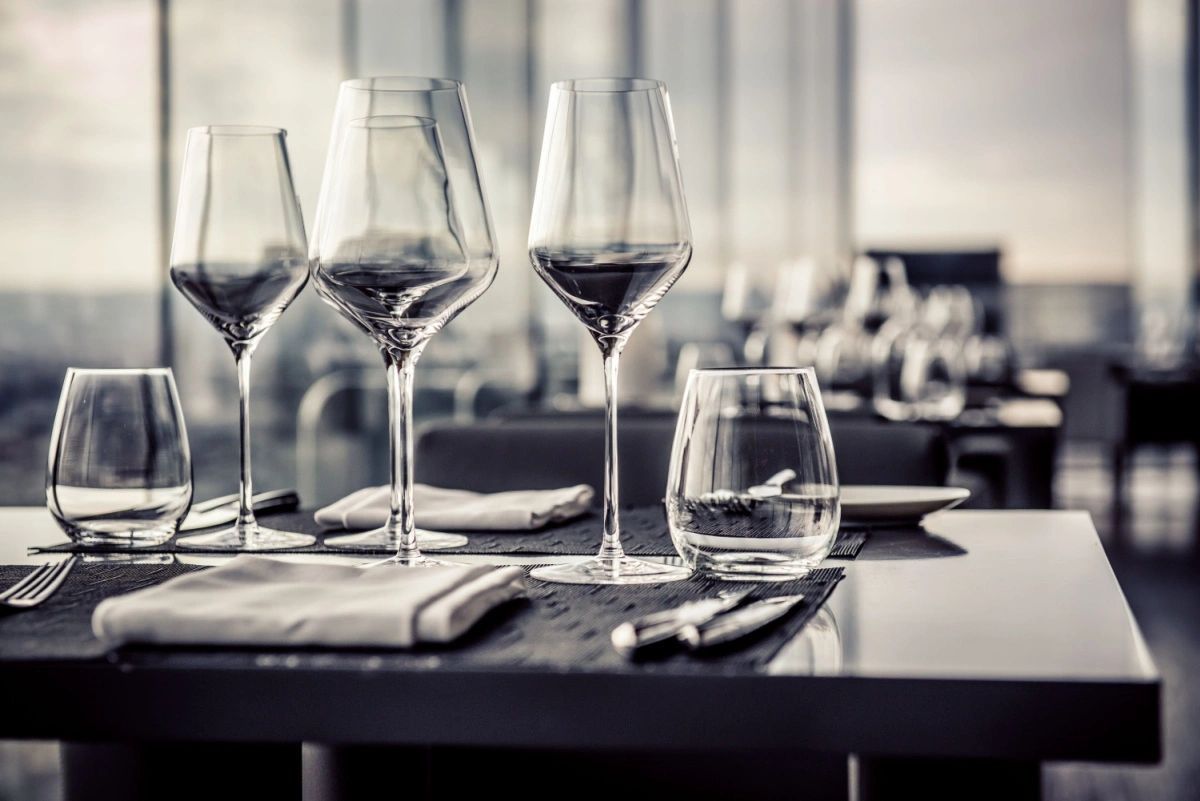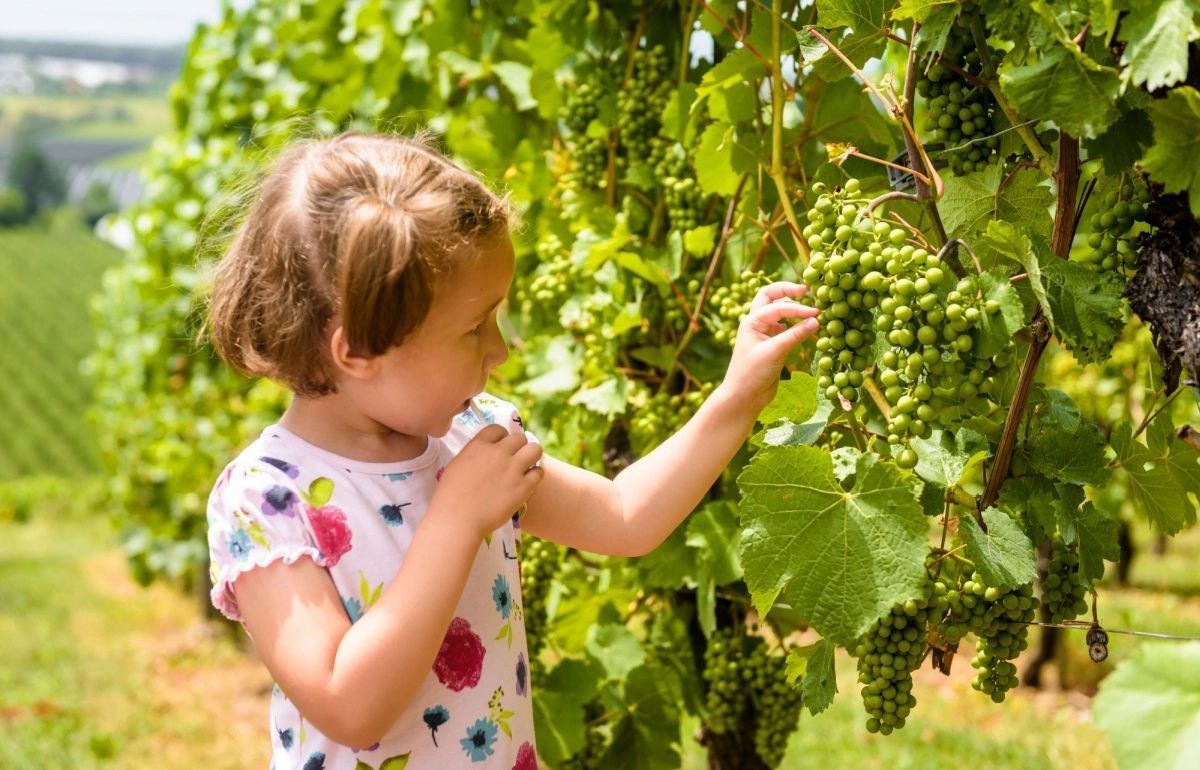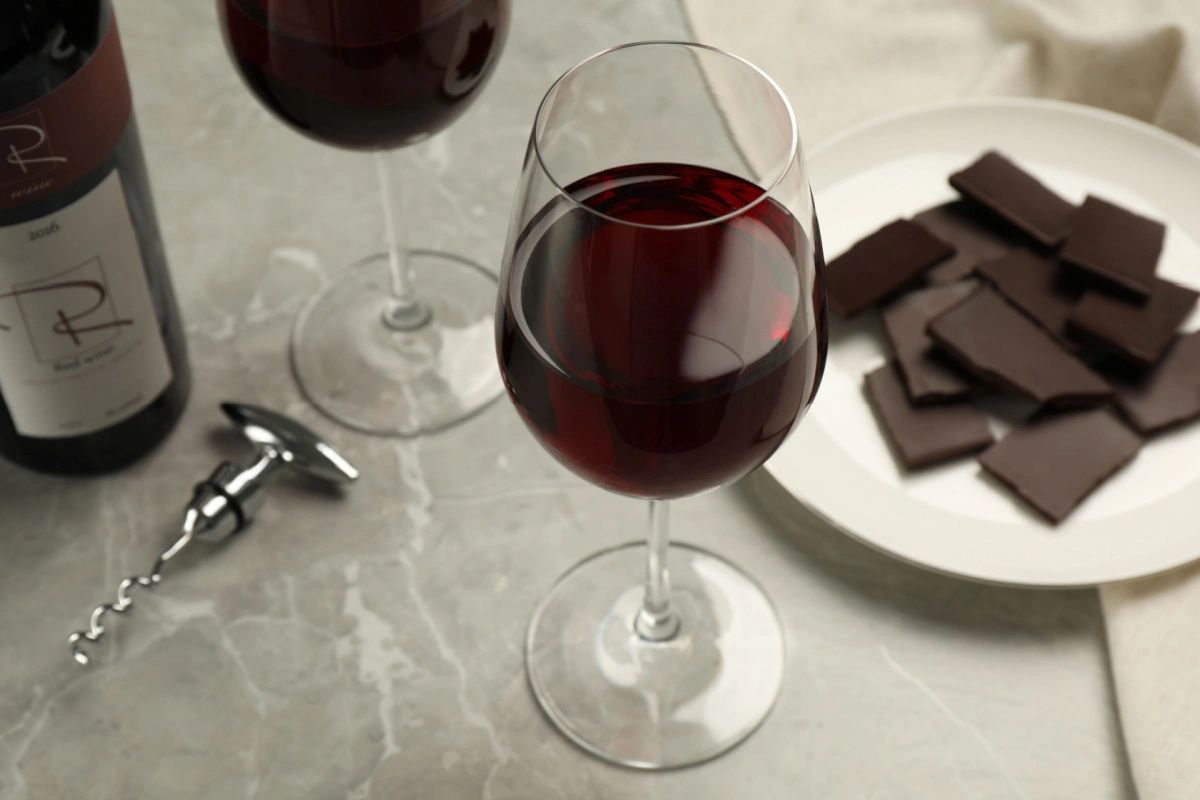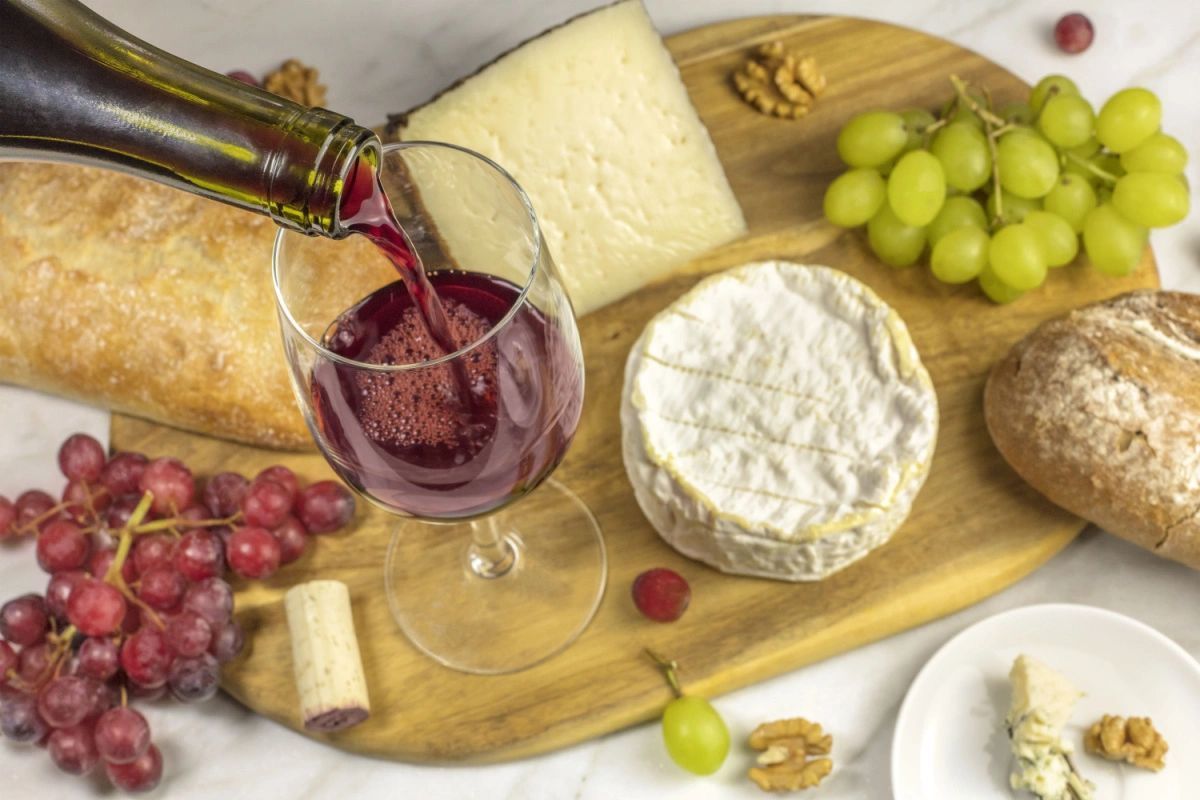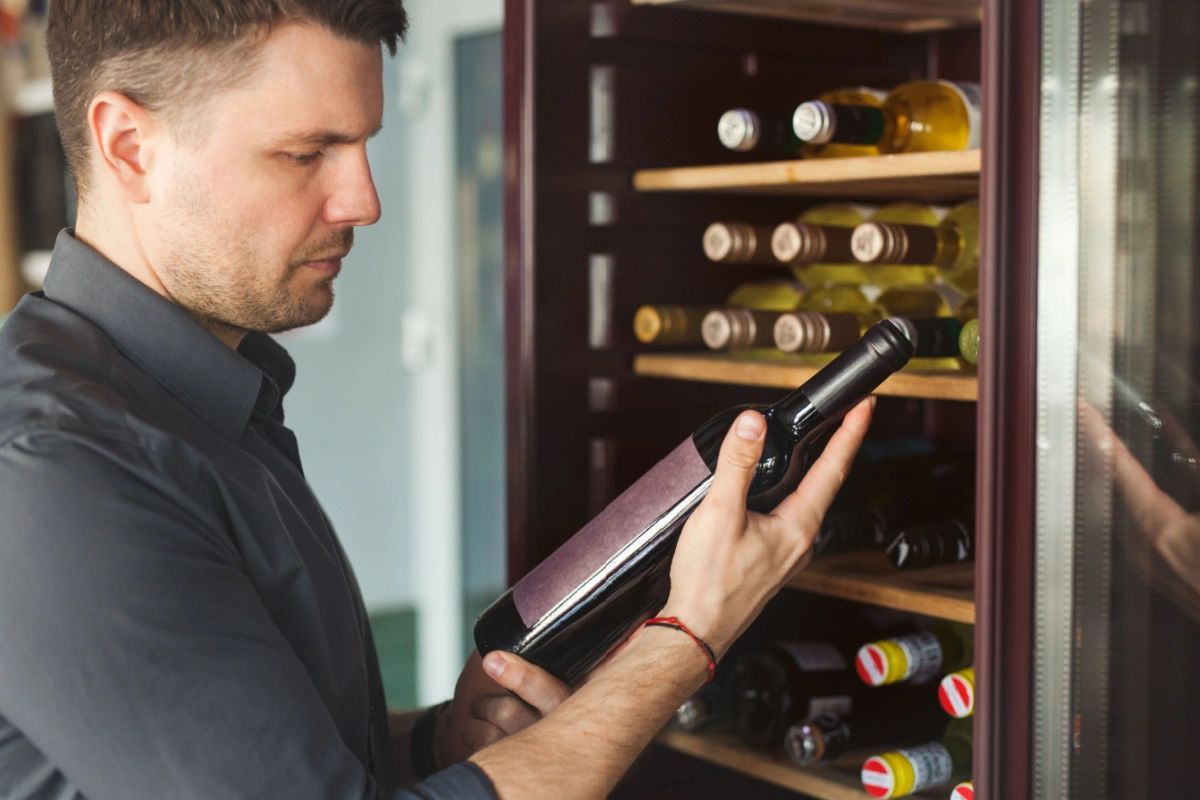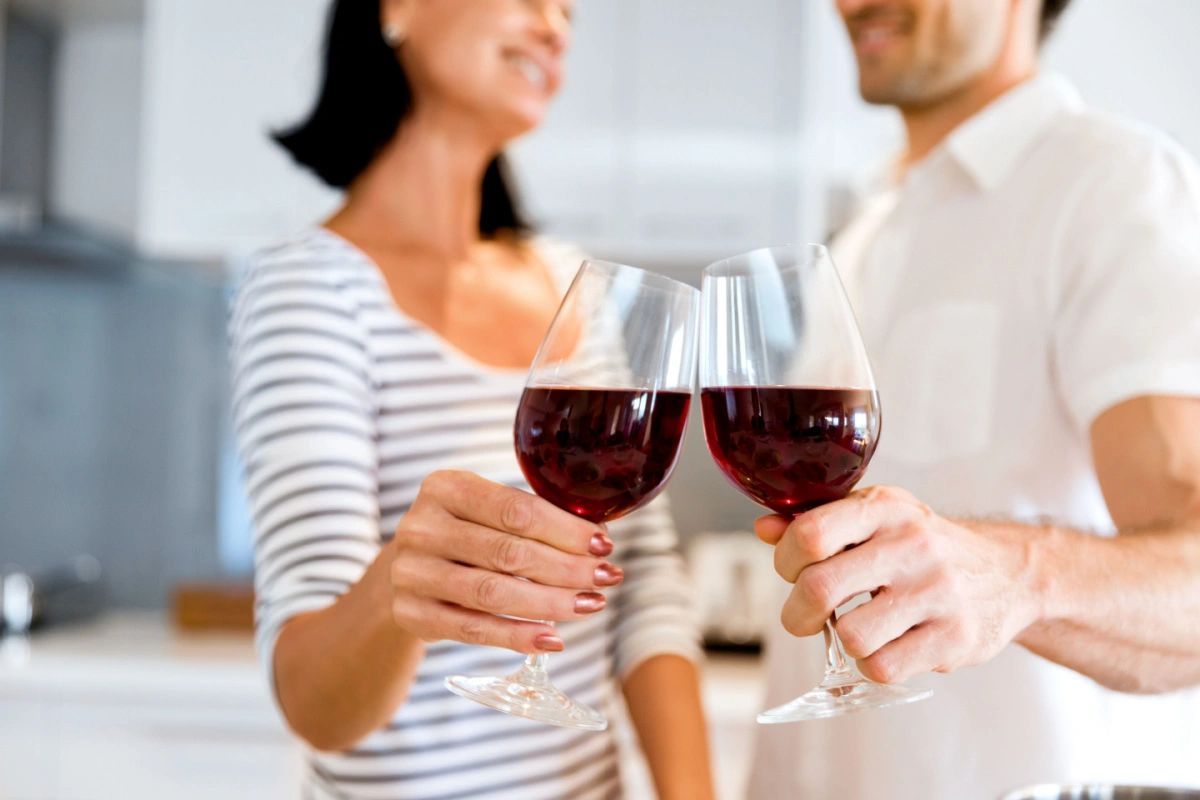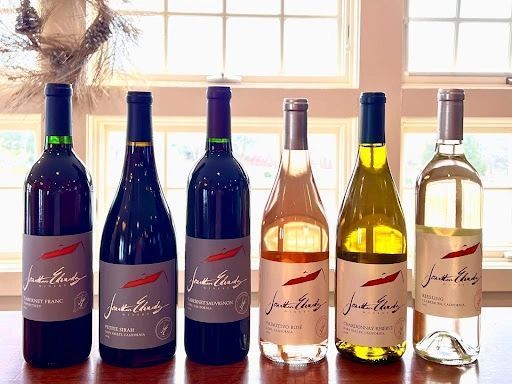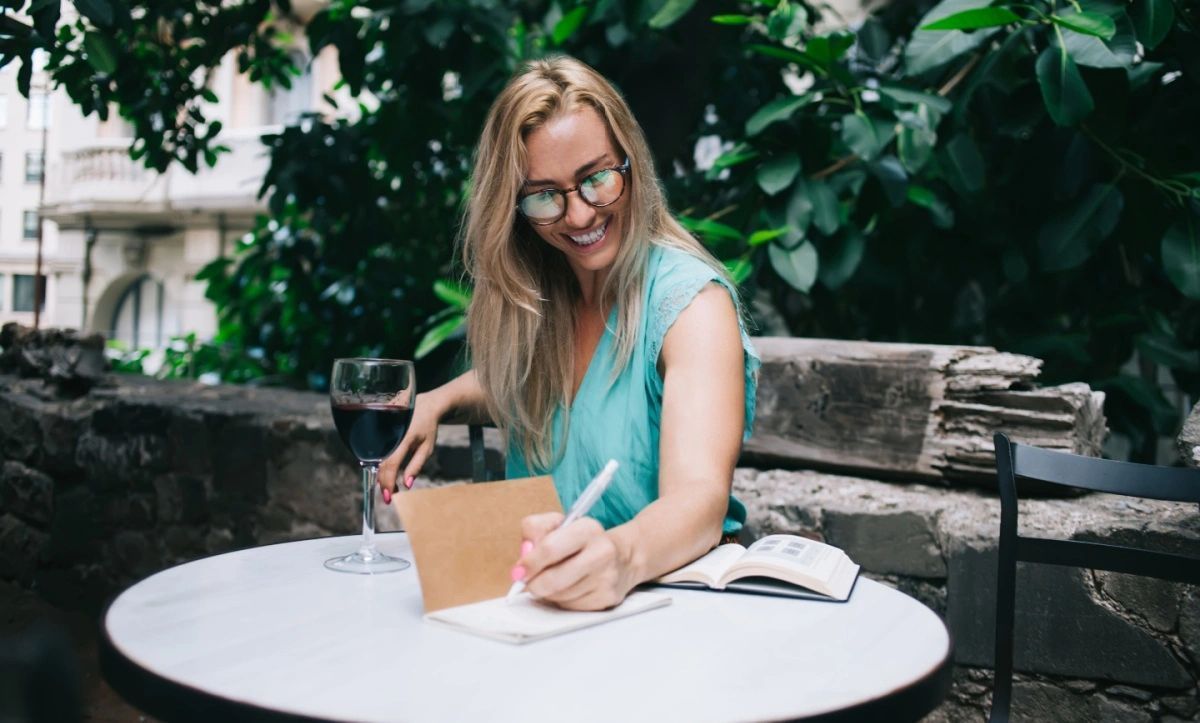
Whether you’re a die-hard wine enthusiast or have just started exploring the best red wines for beginners, there’s nothing more satisfying than recalling all the wines you’ve tasted over the years. No matter if you prefer casual sips with friends or participate in more structured wine tastings, starting your own wine tasting journal is a fun and helpful way to record your experiences. A wine journal not only helps you remember the wines you’ve enjoyed but also allows you to track the nuances in flavors, aroma, and mouth feel.
In this article, we’ll walk you through creating your own wine tasting journal, from what to include in your tasting notes to helpful ideas for organizing different journal pages. It’s time to start sipping!
Why Create a Wine Tasting Journal?
A wine tasting journal is a personal tool that allows you to capture your thoughts on each bottle of wine you taste. It includes spaces to write down specific details, like the vintage, price, producer, region, and food pairing ideas. It’s especially helpful for those who enjoy trying new wines, as it provides a way to save your favorites or avoid buying wines that don’t suit your palate. Whether you’re tasting a crisp white or a full-bodied red, having a journal where you can write down your experiences will make you more mindful of the wines you enjoy and those you may want to avoid in the future.
What to Include in Your Wine Tasting Journal
When creating a wine journal, it’s important to decide what information you want to record. Here are some key elements to note in your tasting journal:
Wine Information
Start each wine journal entry with basic details about the wine you're tasting. For example, these may include the name or title of the wine, the producer, the vintage, and the region. You might also want to note the price, which can help if you think you might purchase the wine again in the future.
Tasting Notes
Wine tasting notes are the heart of any wine journal. After you take your first sip, write down the flavors that come to mind. Is the wine fruity, floral, earthy, or spicy? How’s the acidity, and does the wine feel light or full-bodied on your palate? Make sure to also note the aroma by putting your nose into the glass — what you smell before you take your first taste can greatly influence your overall perception of the wine.
Don’t worry about sounding like an expert in your wine journal; just write what you taste. Your wine journal is for your personal use, so there’s no wrong way to describe your impressions. You can even draw inspiration from times you've tasted with friends by comparing their notes to your own.
Food Pairings
Great wine and food go hand-in-hand, and saving notes about the food you enjoyed during your tasting will make your wine journal more complete. If you’re eating while you drink the wine, record what meals worked well with the wine and what didn’t. For example, a light, crisp rosé might have been perfect with a fresh summer salad, while the taste of a rich, tannic red wine may have paired nicely with a heavier course such as a steak dinner.
Personal Ratings and Thoughts
At the end of each wine journal entry, give the wine you tasted a rating. You could use a simple 1 to 5 scale or create your own system with stickers or symbols. You might also want to include a small image of the wine label for easy recall. This section is where you can get creative, so note down your personal thoughts or reviews. Was this wine something you would recommend to a friend? Would you drink it again? Save your favorite wines in your journal, and be proud of the wine-based experiences you've created!
Tips for Organizing Your Wine Tasting Journal
Use a Notebook
Decide whether you prefer to create a traditional notebook-style wine journal or use a digital app. A physical notebook allows you to preserve a specific wine label, draw decorative elements on the pages, write in the margins, and more. If you want to organize something tangible that you can hold, a physical wine journal will likely be your best option. If you don't feel like setting up a journal yourself, you can also purchase a pre-made wine journal that includes spaces specifically designed for recording the information mentioned above.
Use a Wine Tasting Journal App
If you prefer to have your wine journal accessible at all times, wine-tasting apps allow you to track and organize your tastings on the go and save your notes online. An app-based wine journal may be ideal if you are traveling a lot since there's nothing extra you have to carry on your journey. Some apps even allow you to share your wine journal entries, which can be especially rewarding if you're interested in submitting your wine opinions to public forums or sites.
Keep Your Entries Simple
You don’t need to write a novel for each wine you taste. Instead, write short, easy-to-read entries that capture the key points of your wine tasting experience. This will make it easier to go back and review your notes when you’re deciding which wines to buy again. For example, you might write, "Light-bodied white wine with citrus aromas, good acidity, and paired wonderfully with seafood. Price: $30 per bottle." Short and sweet!
Review and Reflect
Over time, your wine journal will become a treasure trove of information. Take time to review your notes regularly, which will help you track the evolving preferences of your palate. By reviewing past wine journal entries, you can recall which wine stood out and why, helping you make more informed choices for purchases or wine tastings at a later date.
Sip Some Memories!
Creating a wine journal is a fantastic way for any person to enhance their wine tasting experiences. By tracking the wines you've tasted in a notebook or wine tasting app, you’ll not only improve your understanding of wine but also build a collection of memories to look back on. Whether you’re a casual drinker or an avid collector with an array of wines on your to-taste list, a wine journal provides a place to record that delicious glass of vintage rosé or sauvignon blanc so you can look back on it with enjoyment.
Ready to create your own wine tasting journal or curious about the difference between white and red wine? Sign up for a tasting at Jonathan Edwards Winery today and find the perfect bottle to add to your collection (or dinner table). We’re looking forward to providing you with awesome memories for your wine journal!
Categories
Sign up for blog updates!
Join my email list to receive updates and information.
Contact Us
We will get back to you as soon as possible.
Please try again later.
Recent Posts
